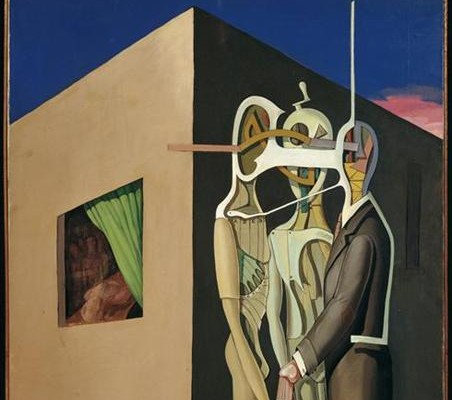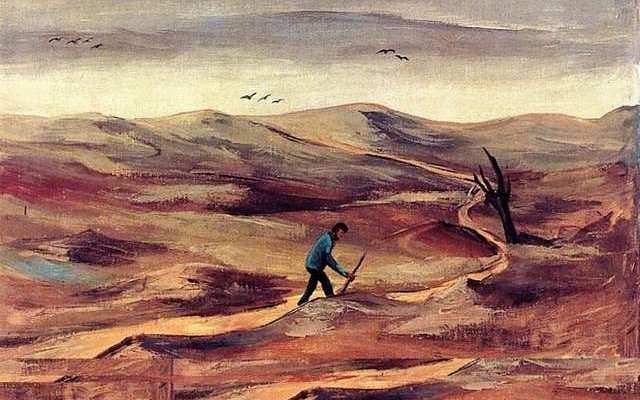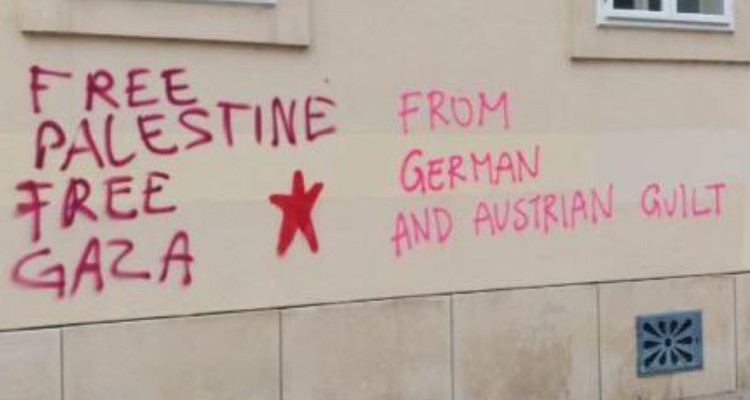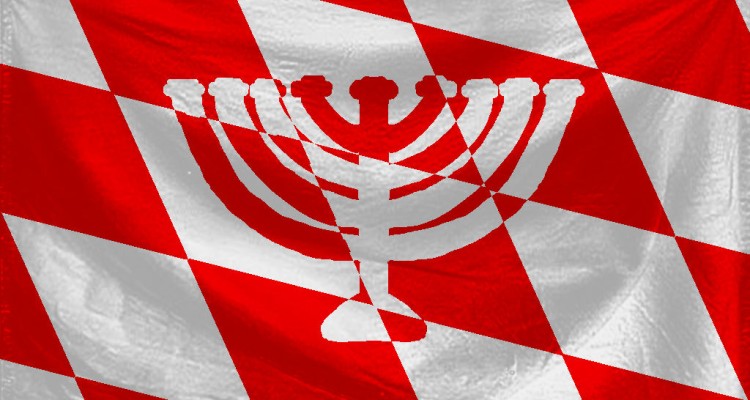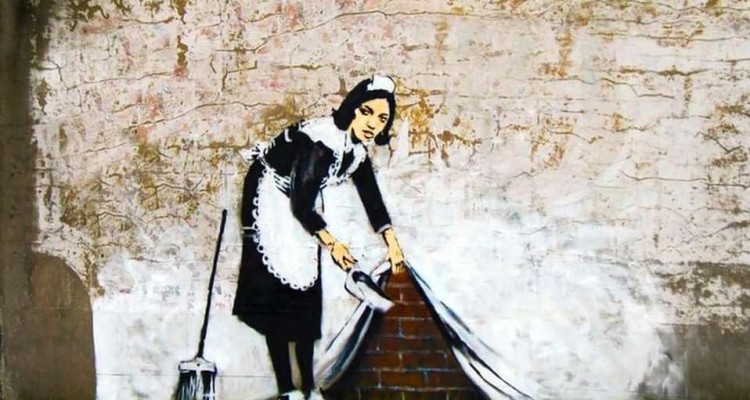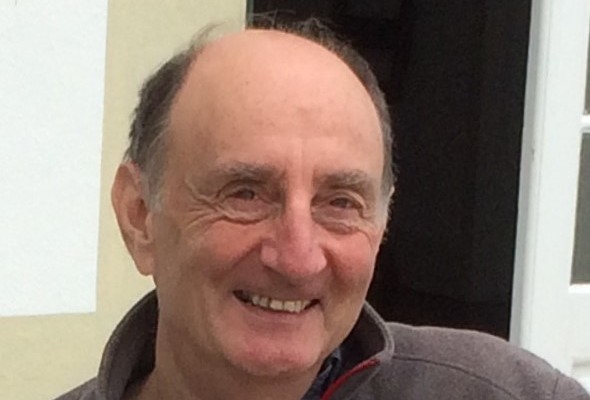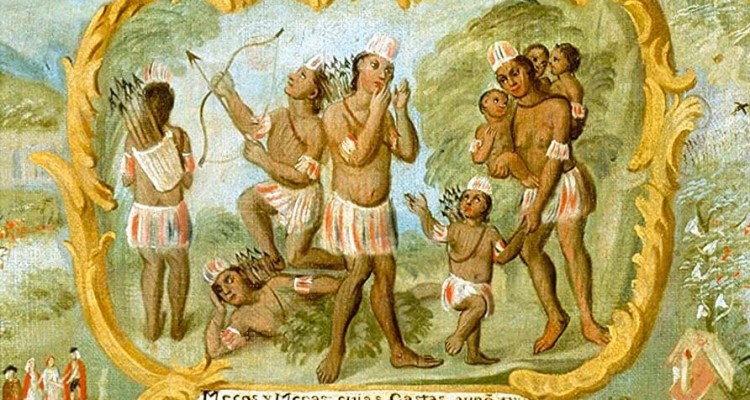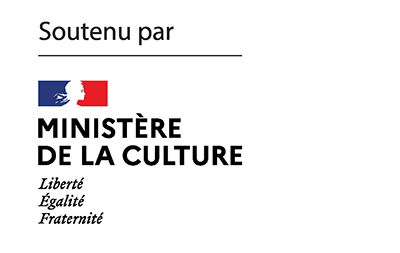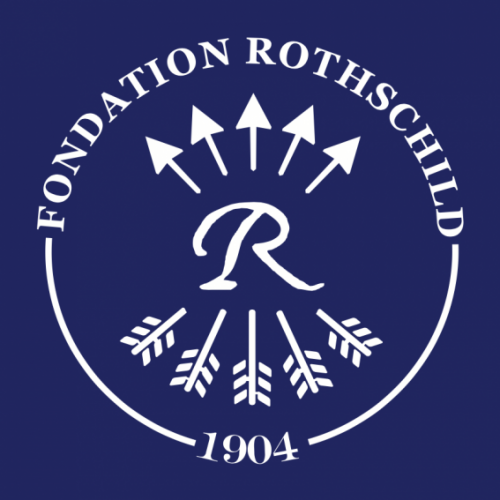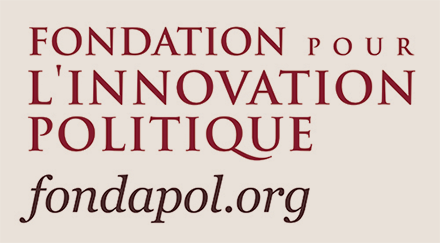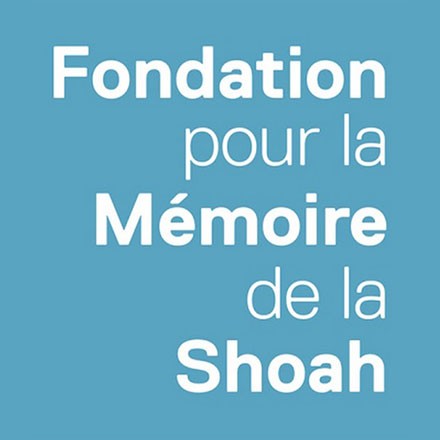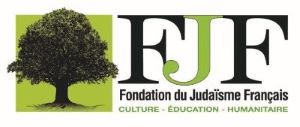Antisemitism
Description – Antisemitism
The crises that have already marked the 21st century, from 9/11 to the coronavirus pandemic, have given rise to numerous debates on the legitimacy of social criticism when it turns conspiratorial. In this text, Balázs Berkovits contributes to this discussion by questioning the unthought of those who excuse conspiracy theory: is antisemitic criticism like any other criticism?
What is going on in Belgium? Joël Kotek is alarmed at the spread of an “anti-Israeli passion” across the entire Belgian political spectrum, and asks what is allowing the expression of unabashed antisemitism in Europe’s capital.
On February 26, a riot broke out on the campus of the University of California, Berkeley, on the occasion of the visit of an Israeli lecturer. Daniel Solomon, a doctoral student in history and K.’s first English translator , gives us an insider’s account of the event and the threatening climate in which it took place. As the rise of antisemitism calls into question American exceptionalism, Solomon examines the loss of illusions, and the sense of loneliness that accompanies it.
In this latest instalment of our series, conceived in partnership with DILCRAH, on antisemitism in Europe, Liam Hoare looks at Austria’s strategy for combating hatred and prejudice against Jews. After exploring how Austria intends to take responsibility for its Nazi past and promote Jewish life, this week Liam Hoare develops the challenges and paradoxes of this endeavor. Like most Western countries, Austria has seen a resurgence of antisemitism in recent years, and is governed by a party associated with the far right. How can we ensure the long-term stability of Austrian Jewish life at a time when the war in Gaza is setting tempers alight in Europe?
In this latest instalment of our series on antisemitism in Europe, produced in partnership with DILCRAH, Liam Hoare looks at Austria’s strategy for combating hatred and prejudice against Jews. In this first part of his investigation, which will be concluded next week, he focuses on the desire to ensure the continuity of Austrian Jewish life, notably through an educational policy. But how does this fit in with Austria’s history of collaboration in the Nazi crimes?
This text was written in a different context from that which emerged after October 7. It did, however, anticipate a double question precipitated by this event: that of the specificity of antisemitism within the logic of racism, and that of what, in contemporary societies, makes the potential victims of racism sometimes bearers, paradoxically, of antisemitic arguments.
Philip Spencer, author of numerous texts on modern anti-Semitism and the Shoah – and more particularly on the problems raised by their treatment on the left – is now a member of the new London Centre for the Study of Contemporary Antisemitism, founded by David Hirsh. In his interview with K., in which he discusses his own political career, he looks back at the reactions to 7 October in England, going through the history of the undigested legacy of the British mandate over Palestine and the history of Labour under Jeremy Corbyn.
The speech by German Vice-Chancellor Robert Habeck, a member of the Green Party, on the situation in the Middle East on 2 November struck a chord. With an infallible clarity that in Europe could probably only come from Germany, he insisted both on the right of the Palestinians to have their own state and on Israel’s right to defend its security. He criticised the ambivalence of some sections of public opinion towards Hamas and explained why Germany and Europe, if they want to remain true to the basis of their political legitimacy, must not give in in the fight against anti-Semitism under any circumstances and for no “humanitarian” reason. K. introduces the translation of his speech into French with a short text by Julia Christ and Danny Trom explaining its significance in the confusion of current political discourse.
The book by historians Jean-Frédéric Schaub and Silvia Sebastiani – Race and History in Western Societies (15th-18th centuries) – intersects with many issues familiar to readers of Revue K. It recounts the construction of the concept of “race”, as it plays out in racist thought, as a process spanning several centuries, from the imperialist Ancien Régime to the modern period. It thus offers a much richer history of racism than those often limited to the scientistic theories of the late 19th century. Above all, the book places the “Jewish question” at the heart of its history of the concept of race: election, obstinacy and the invisibility of differences are all problems that Christian societies have encountered in their relationship with the Jews, and whose mark racism bears. Interview with the authors.
Join us
With the support of:
Thanks to the Paris office of the Heinrich Böll Foundation for their cooperation in the design of the magazine’s website.
